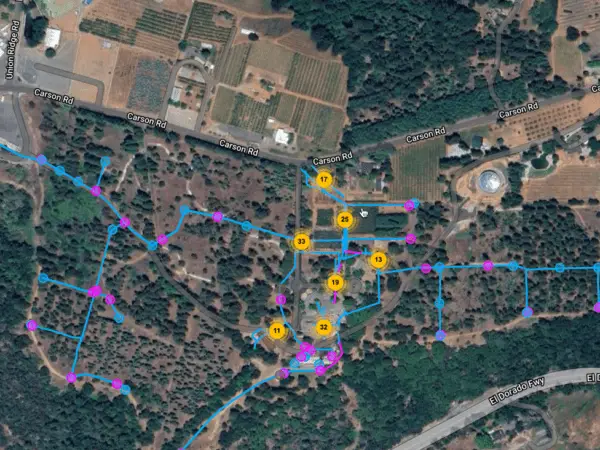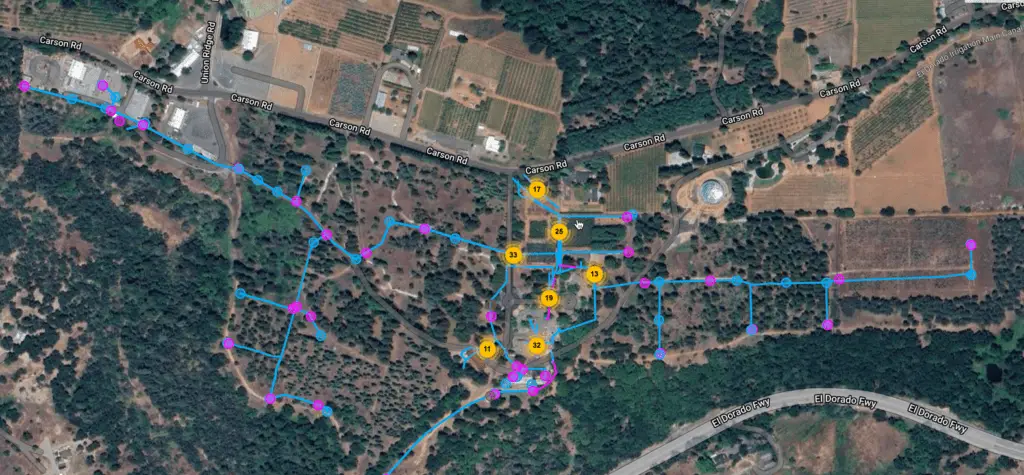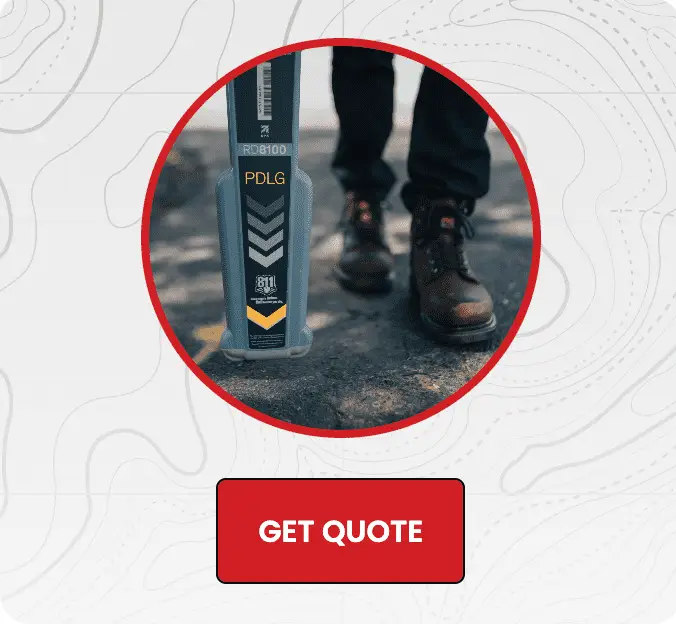
Unveiling the Depths: A GPR and Potholing Expedition at the USFS Research Station
In the quiet expanse of the US Forest Service (USFS) Research Station, a groundbreaking project was unfolding, spearheaded by TWM and supported by the US Army Corps of Engineers. Our mission was clear: to locate and map approximately 16,000 feet of waterline while documenting over 90 features, and to perform strategic potholing at 70 crucial locations. This project was not just about updating maps; it was about paving the way for future conservation and infrastructure management.
Navigating the Challenges
The terrain of the USFS Research Station is a mosaic of densely wooded areas, posing significant challenges in terms of navigation and safety. The risk of fire was a constant concern, requiring us to implement rigorous fire prevention protocols and to ensure all equipment and personnel were meticulously cleaned before entering the protected areas. The objective was twofold: to preserve the pristine environment and to gather data with high precision to enhance the USFS’s existing infrastructure maps.
The Role of Locating Technology
Our primary tools for underground utility locating were Ground Penetrating Radar (GPR) and Electromagnetic (EM) detection systems. These sophisticated technologies allowed us to peer beneath the earth’s surface, detecting hidden water lines and unseen features that lay buried under layers of soil and vegetation. However, GPR and EM have their limitations, particularly in areas dense with underground interferences or deep non-conductive materials. It was in these areas that we turned to potholing as a verification method, which allowed us to physically confirm the presence of underground utilities.
Strategic Potholing
Given the vast expanse of the project, we planned the potholing in intervals to cover the entire area thoroughly. We completed a total of 70 test holes, which not only confirmed the data collected via GPR and EM but also provided physical samples and a direct look at the underground structures. This method ensured that no feature was left undocumented, maintaining the integrity and completeness of our survey.
Data Processing and Deliverables
The culmination of our fieldwork was the processing of the data collected. This involved generating fully processed xyz ASCII formatted files, which included detailed metadata such as point number, northing, easting, elevation, and description. All data was meticulously collected and compiled into an ESRI Geodatabase in compliance with the USACE SDSFIE 3.1.0 standards, ensuring the information was ready for integration into ArcGIS platforms. Furthermore, all GPR results and supporting documentation were prepared in both MicroStation and ESRI Shapefile formats, providing versatile options for future reference and use.

Impacting the Future
The comprehensive mapping and verification process undertaken at the USFS Research Station are set to significantly enhance the USFS’s ability to manage and maintain its water system infrastructure. By providing detailed documentation and updated geospatial data, we are not only supporting the USFS’s current needs but also empowering future conservation efforts and land management initiatives.
This project is a testament to the power of integrating technology with traditional field methods to achieve precision in environmental and infrastructure management. It underscores our commitment to advancing our understanding of the natural world while preserving its integrity for future generations.

